Conducting a feasibility study is the first step after the project concept is visualized. The first step in this procedure is to create a business case before signing the project charter.
The business case for the project is a document that demonstrates the legitimacy of the project’s potential advantages and makes the argument for the project to be authorized. Studies of feasibility improve the likelihood of a project’s success by analyzing many characteristics and determining the factors that justify moving forward with the project or abandoning it.
In today’s blog post, we will discuss how to conduct a feasibility study for a project.
An idea can be proven viable through the use of a feasibility study. It demonstrates how plausible an endeavor might be. We call it a venture because of the involvement of risk or uncertainty.
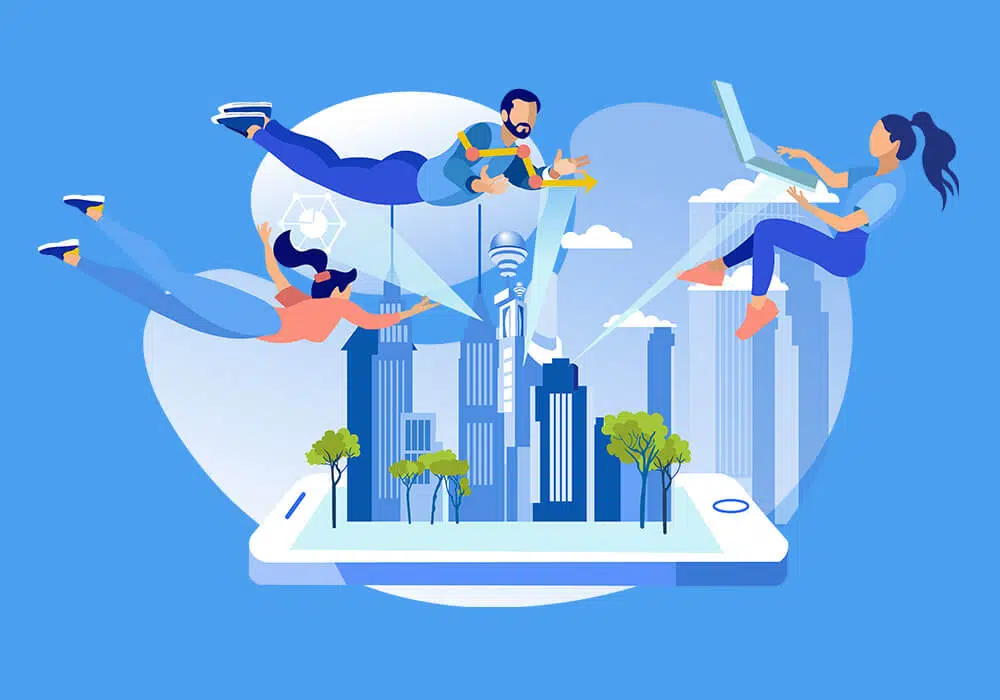
Definition: According to the definition provided by Merriam-Webster, a feasibility study is an examination that aims to demonstrate that the initiative can be carried out.
A feasibility study evaluates a company initiative to see whether or not it would be profitable to invest money in it. The feasibility study is based on objective data.
The feasibility study answers the following questions:
- Can it be done?
- Is it realizable considering the various constraints?
- Will it provide the desired result?
- Is it aligned with the organizational goal?
How to Conduct a Feasibility Study
The feasibility study has many aspects, such as
- Market Feasibility Study (demand and supply forces)
- Technical Feasibility Study (do we have the technical know-how or outsource? )
- Financial/Economic Feasibility Study (do we have the capital strength for investment? )
- Operational Feasibility Study (examine the suitability of a solution)
We will adopt the MTELOS Model for conducting a feasibility study that looks at the following six parameters:
- Market Analysis
- Technical
- Economic
- Legal
- Operational
- Schedule
#1. Market Analysis
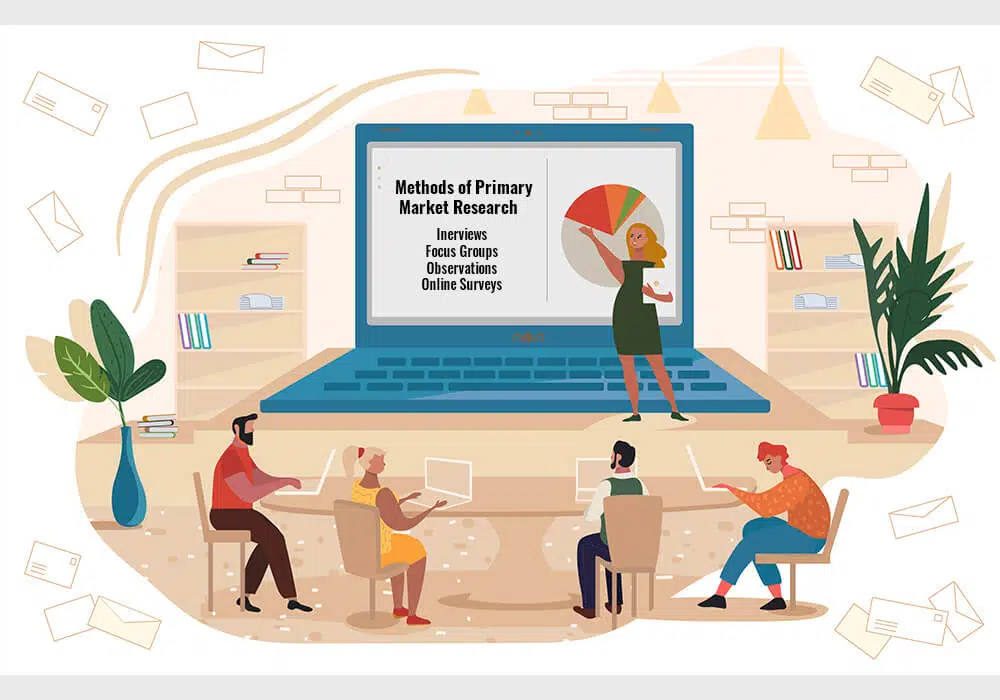
It is useful for developing new products as well as improving ones that are already on the market.
Conduct an analysis comparing the demand in the market for your product to the supply dynamics. You can use a survey for this purpose.
The survey can include the following questions:
- Who are my competitors?
- What is driving the demand?
- What is the supply chain for the intended product?
A SWOT analysis can help you find answers to the following questions:
- What are my strengths? e.g., a good brand name, skilled personnel, a large workforce, proprietary technology, a large capital base, strategic location, etc.
- What are my weaknesses? e.g., administrative bureaucracy, resource limitation, etc.
- What are the opportunities for this venture? e.g., large market share, market penetration, few competitors, packaging, promotions, etc.?
- What are the threats? e.g., government regulations and policies, price fluctuations, a competitive market?
Other aspects of market analysis are pricing and distribution channels. For example:
- How do you set the price for your products?
- What pricing model would you adopt?
- Is the model a flexible or rigid one?
- What are the effects of the exchange rate, inflation, demography, population rise, and urban-rural migration on price forecast?
- Is the price dependent on an international benchmark like crude oil?
- What is the market history?
- What is market forecasting?
Before arriving at a conclusion, it is necessary to investigate the responses to these questions. The feasibility study needs to be conducted objectively because the results will play a role in the investment decision.
You will analyze the supply chain. Here, find answers to the following questions:
- When will the customer receive the product after production? Good products with poor distribution often result in a loss of revenue.
- What strategy would you adopt to get customer orders as quickly as possible?
Launch plans are equally important. Here, you can find answers to the following questions:
- What is your rollout plan?
- Do you intend to have a promotion?
- How will you penetrate the market?
- How do you want to beat your competitors?
A business analyst can help answer these questions.
#2. Technical Feasibility Study
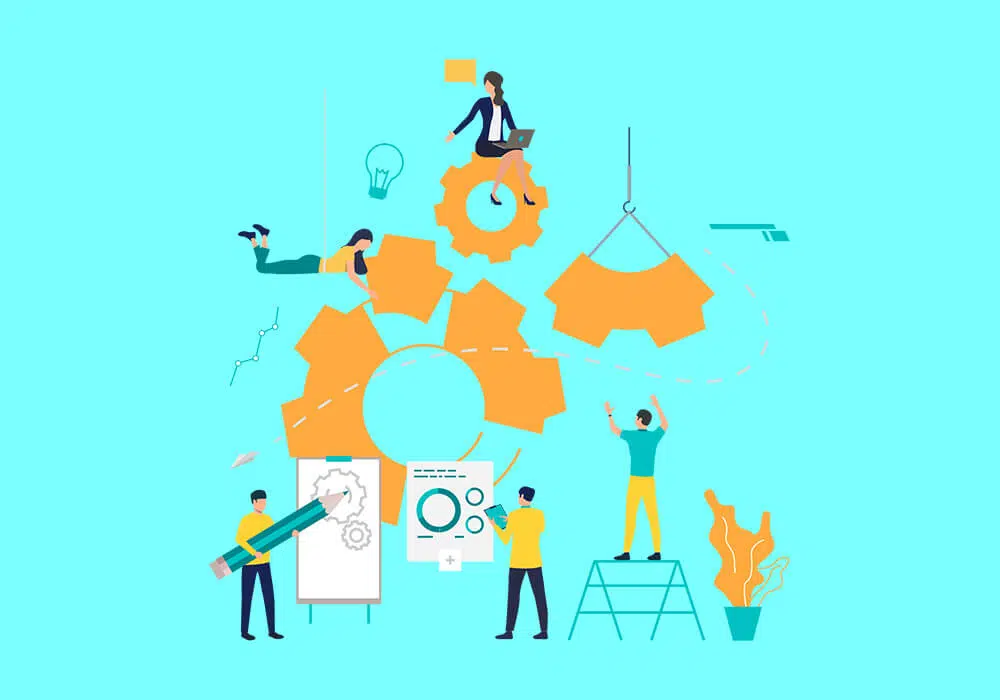
The technical feasibility study lets you know if you are technically capable of completing the project.
(a) Technical Feasibility For Plant Layout
Applicable to the construction of buildings, equipment requirements, and production operations.
Questions
- Do we have adequate space for the facility?
- What is the suitable layout to adopt?
Outcome / To-do
- Indicate whether Yes or No
- Product flow, process flow, Combination, etc.
- Establish the practicality of the proposed layout.
(b) Technical Feasibility for Production Input
Applicable to the resources required to produce goods or services.
Questions
- What about human resources?
- Can we get a skilled workforce easily?
- What skills are required for the project?
- Do we possess these skills or need training?
- What are the tools, equipment, and machines required? Do we have them, or do we should rent them?
- Do the people have the right mindset?
- Do we have a competent leader to drive the process?
Outcome / To-do
- Establish the availability of personnel for the project.
- List your skills pool, e.g., Bricklaying, negotiation, marketing, sales, customer relationship, coding, pipe laying, etc. Match with the required and do a gap analysis.
- List the equipment, machinery, and tools to complete the job.
- Survey your key personnel for entrepreneurial skills, such as supervisors, site engineers, and project leaders. If this is lacking, then train them or change their roles.
- Match the above outcomes with the required gap analysis method.
(c) Technical Feasibility for Technology
This relates to the techniques and processes required to complete the project.
Questions
- What technology is required?
- Do we have the required technology?
- Is the technology locally available? Can it be imported?
- What are the licensing requirements, and can we meet them?
- What options are available?
- What are the pros and cons of the new technology?
- Is training of personnel involved?
- What about the technology lifecycle?
Outcome / To-do
- Scan in-house technology and match it with the intended job.
- Have a list of the locally available technology for the job.
- Research and review the licensing requirement for both short- and long-term implications.
- List your options.
- Research and review the technology required if it is practicable, given your staffing level and other constraints.
- Determine the stage of the technology life cycle. If it is in its decline stage, it may soon become obsolete.
(d) Technical Feasibility for Spare Parts and Maintenance
Questions
- Are the spare parts available or sourced?
- Is the solution easy to maintain or poses severe maintenance demand?
Outcome / To-do
- Find a source for spare parts for the selected technology.
- Evaluate recovery time.
(e) Technical Feasibility for Supply Contracts
Questions
- Are contracts identified for material supply?
- What is the average lead time? What options are available?
- Are there warehouses for the supply?
- What are the storage/handling conditions and requirements? Do we have them?
- Do we have a replenishment plan in case we run out of stock?
Outcome / To-do
Complete thorough in-house research in collaboration with the Supply chain or procurement department.
(f) Technical Feasibility for Utilities
Common utilities are electricity, water, steam, compressed air, etc.
Questions
- What utilities are required, and do we have them?
- How much electricity, steam, fuel, gas, etc., do we need?
- Where do we source the utilities?
- Are we producing them in-house or buying them?
- Do we have a steady power source, or will we rely on standby generators?
- The site in view, how accessible is it to sources of utilities?
Outcome / To-do
- Prepare a list of the required utilities and their practical sources.
- Do a gap analysis.
(g) Technical Feasibility for Environment
Questions
- How will the project impact the environment?
- What are the associated environmental risks such as natural disasters, flooding, volcanoes, landslides, earthquakes, tsunamis, and harsh weather conditions?
- Is the soil fit for the proposed activity?
- What are the local community’s demands?
- Is it a hostile or friendly environment, and how can it be managed?
- What are the project’s waste products, and how will you manage them?
Outcome / To-do
- Conduct an EIA (Environmental Impact Assessment) to answer most of these questions.
- List all the environmental risks and how to mitigate them.
- Conduct a soil test.
- Determine a community liaison personnel to interact with the host community.
- List your wastes and preventive approach.
(h) Technical Feasibility for Designing Approach
This is a design methodology that provides a solution-based approach to solving problems.
Questions
- What design codes and standards will be involved?
- What approaches can you adopt? For example:-Traditional or Agile approach?-Batch or Continuous Flow Process?
- What are the various processes/phases involved in the project?
Outcome / To-do
- Review and select design codes and standards.
- Use a flow diagram or flowchart to describe the end-to-end process of the job. Research the pros and cons of each design approach.
- Divide the project into phases.
#3. Economic Feasibility Study
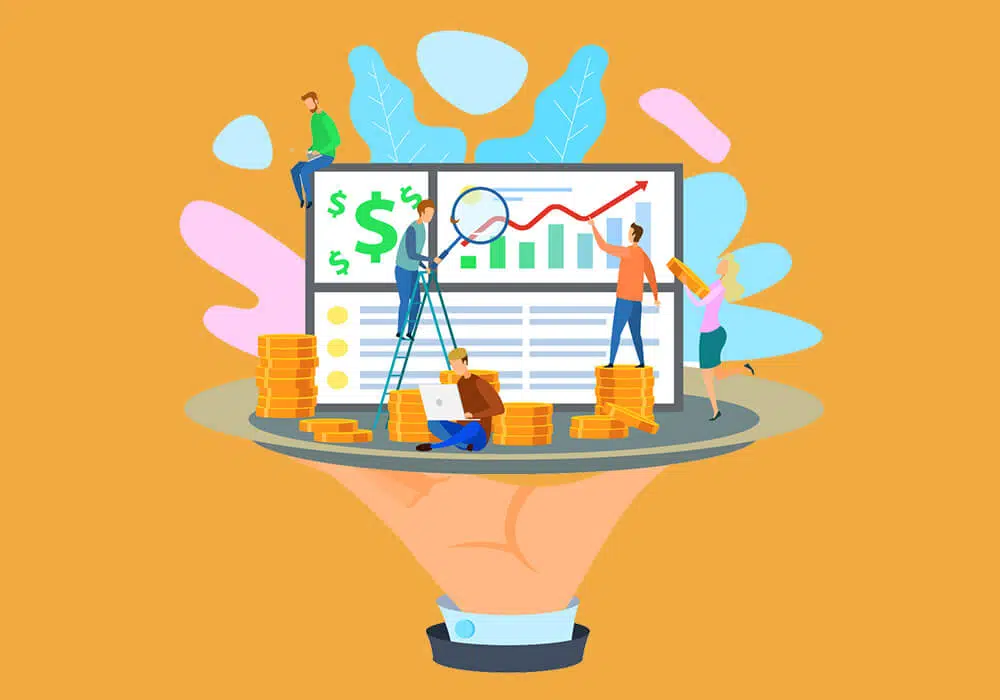
In the economic feasibility study, you investigate whether or not you have the resources necessary to carry out the project. After the completion of the feasibility study, it will serve as the foundation for the preparation of the business case.
(a) Economic Feasibility for Project Costing
This deals with the costs associated with the venture.
Questions
- What is the cost of the proposed project?
- What are the CAPEX (Capital Expenditures) involved?
- These are huge capital investments and involve equipment purchases, plant and machinery purchases, and land or building purchases.
- What is the OPEX (Operating Expenditures)? – This comprises both direct and indirect costs.
- What is the direct and indirect cost?
- Are there intangible costs such as regulatory costs, environmental impacts, etc.?
- What are the tangible and intangible benefits?
- Tangible benefits are revenue, stakeholder equity, market share, fixtures, tools, etc.
- Intangible benefits include the brand name, goodwill, reputation, social responsibility, strategic alignment, personnel development, etc.
- What is the financial performance of the product/job/venture?
- What financing options are applicable for the project?
Outcome / To-do
- Review commercial databases to estimate standard costs for skills, human resources, and materials.
- Use published seller price lists to estimate prices.
- At this early stage, rough order of magnitude -25% to +75% may be used in cost estimating.
- Take the exchange and inflation rates into consideration and build them into your cost estimate.
- Cost of financing, e.g., interest on the loan, should also be captured.
- Three-point estimating can be used.
- Aggregate all the costs to arrive at a budget.
- Determine the payback period, net present value or profitability index, break-even point, and cost-benefit ratio.
- Determine a suitable funding model by carrying out an Alternatives analysis.
Recommendation
- If C/B <1, the project is economically feasible. (C =Cost, B = Benefit)
- If NPV>0, the venture is acceptable
- If PI>1, accept the venture; otherwise, reject. where = Profitability index
#4. Operational Feasibility Study
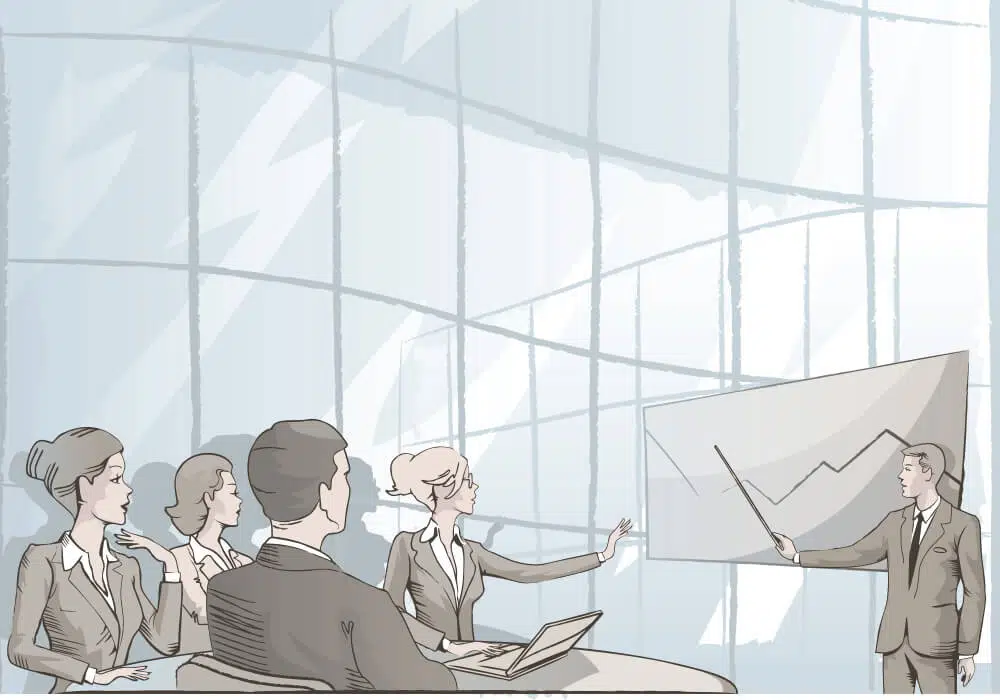
The operational feasibility study examines the suitability of a solution. A solution that is not operational or impracticable is not worth pursuing.
(a) Operational Feasibility for Maintainability
This shows how easily the product or process can be maintained throughout its life cycle.
Questions
- How maintainable is the process?
- Maintenance costs can be a burdensome recurring expenditure in the long run.
Outcome / To-do
Analyze the lifecycle maintenance demands of the initiative.
Recommendation
Integrate these parameters early enough – at the design stage for ease.
(b) Operational Feasibility for Supportability
This shows how easily the existing system can integrate the initiative.
Questions
- Do we have software or applications that can support this program?
- Can our database/server or present IT facilities support it?
- Does the project conflict with existing ones or with future projects?
- Does it fit into the company culture and strategic objectives?
Outcome / To-do
Match the operational demands with existing facilities and identify the gap.
(c) Operational Feasibility for Reliability
This examines the availability of this initiative/technology when needed. It also means consistency.
Questions
How reliable is the equipment/approach?
Outcome / To-do
Evaluate reliability using correlation tests.
(d) Operational Feasibility for Disposability
This considers the ease of disposal within acceptable standards.
Questions
In the product life cycle, how easily can it be disposed of?
Outcome / To-do
Design of experimental and pilot-scale studies.
#5. Legal Feasibility Study
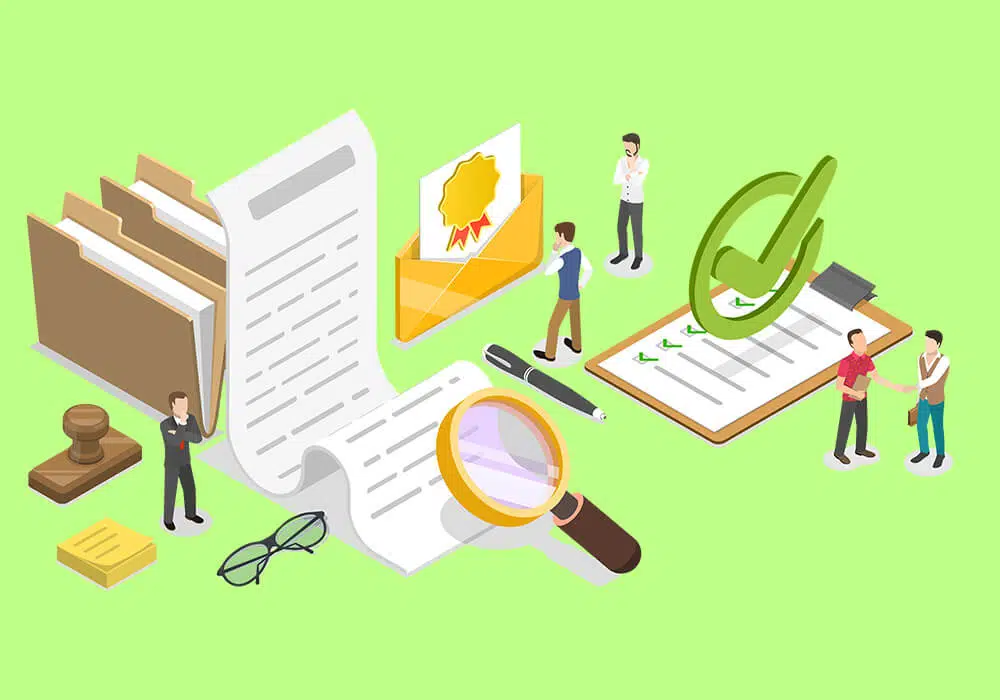
A legal feasibility study shows whether the project is violating any government guidelines
(a) Legal Feasibility for Regulation
These are guidelines or restrictions imposed by the government.
Questions
- Does the project follow the laws? For example, a food industry along the right of way of overhead high-tension wire.
- Does it align with health and safety regulations?
- Are there equal employment opportunity laws and permits governing the project?
Outcome / To-do
Review the legal requirement of the project/approach.
Recommendation
Compliance
(b) Legal Feasibility for Intellectual Property
These creations of human intellect are protected but can be used with permission.
Questions
Are there copyrights, patents, trademarks, licenses, etc.?
Outcome / To-do
Review the legal requirement of the project/approach.
Recommendation
Compliance
#6. Schedule Feasibility Study
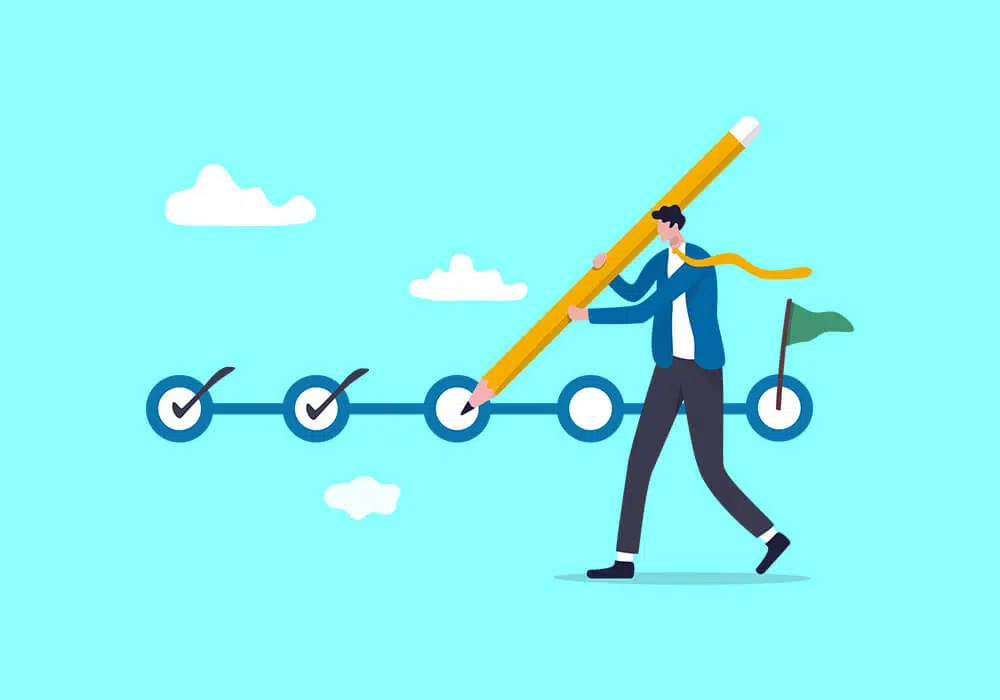
The schedule feasibility study determines whether or not the project can be finished within the allotted time.
Define and organize the activities, and then use diagramming approaches like the critical path method or PERT to construct the plan and estimate the time needed to complete each one.
You can also use the Gantt chart.
(a) Legal feasibility for Timeliness
The completion of the task/project within the allotted time.
Questions
- What is the project duration?
- Will the project output still be relevant when the project ends?
- Is the project duration realistic?
Outcome / To-do
- You could introduce schedule compression tools such as fast-tracking and crashing.
- Find the project duration schedule model.
Benefits of a Feasibility Study
The followings are a few benefits of a feasibility study in project management:
- It provides an idea of whether the project will be successful.
- Enhances the project teams’ efficiency and focus.
- It detects and capitalizes on new opportunities
- Streamlines the business alternatives
- Finds errors and aids in troubleshooting
- It controls threats and helps in risk mitigation
Examples of a Feasibility Study
Expansion of School Classes
The management wants the school to expand classes from its current standard VIII to XII.
The management has conducted a feasibility study to help them determine whether the school should go ahead with the expansion.
Many factors needed to consider before finalizing the expansion.
Following are the factors that the feasibility study should be taken up or include:
- The cost of resources and materials required for the expansion.
- The school’s revenue changed after the expansion.
- What number of students will be increased if the school is expanded?
- Whether the school can generate more revenue than the cost incurred.
- How troublesome would it be for the staff and students of the school?
- What will be the public opinion concerning the new extension?
- What would be the response of different school stakeholders?
- What laws can affect the expansion?
The above questions should be evaluated thoroughly along with their pros and cons, and then make final decisions.
Examples of Failed Projects Due to Poor Feasibility Study
#1. Tata India
Project: Industrial Projects (steel mill, power plants, fertilizer plants)
The Tata Group in India was responsible for many delayed projects. The main reason behind this is a conflict with local communities over land acquisition for their projects.
In 2004, the state government sold land in Kalinga Nagar to Tata so that the company could construct a steel plant with a capacity of 6 million tons. But the families protested, making it difficult for Tata to proceed with the project. As a result of the company’s construction of a wall in 2006, there were violent confrontations amongst members of the community, which resulted in the deaths of 14 people.
A deficiency in conducting adequate feasibility assessments was the root cause of these failures.
#2. Dash Navigation
Project: The Dash Express Car Navigation System
The inability to get financing led to the demise of Dash Navigation. Customers had positive things to say about the navigation tool; it included an excellent mobile web-access device packed with plenty of interactive elements.
One of the contributing factors to the failure was the exorbitant price tag of 600 USD. They dropped the price to 399 and 299 dollars, respectively, but the item was still more expensive than other items on the market.
Conclusion
Completing a feasibility study validates that the idea is worthwhile and capable of being pursued. After the conceptualization stage of a project, this step is carried out. Project sponsors conduct this study themselves, or they can take help from a third-party consultancy; project managers have no role here. The creation of the project will begin with the completion of this study.
Have you ever been a part of your organization’s effort to conduct a feasibility study? If you answered yes, we would appreciate it if you could tell us about your experience in the comments section.

I am Mohammad Fahad Usmani, B.E. PMP, PMI-RMP. I have been blogging on project management topics since 2011. To date, thousands of professionals have passed the PMP exam using my resources.


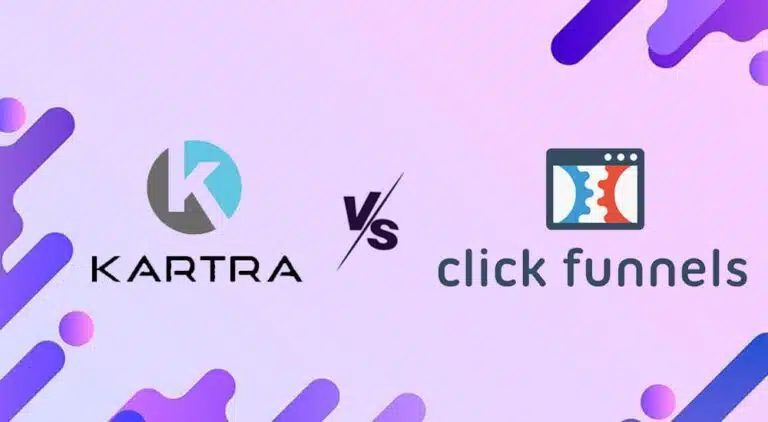
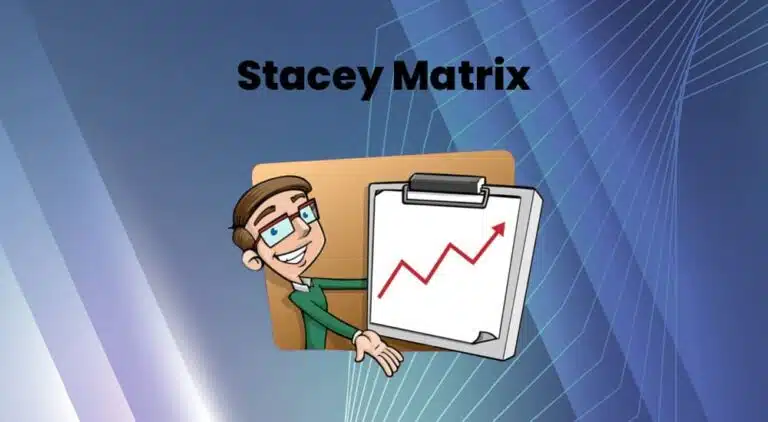
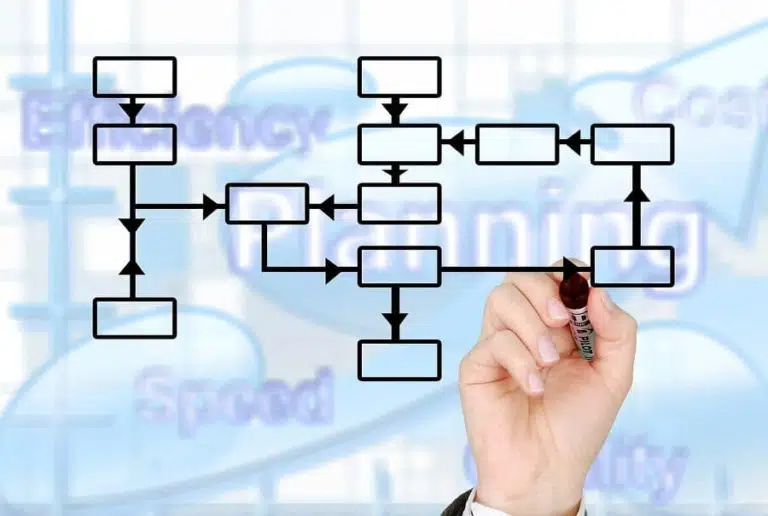
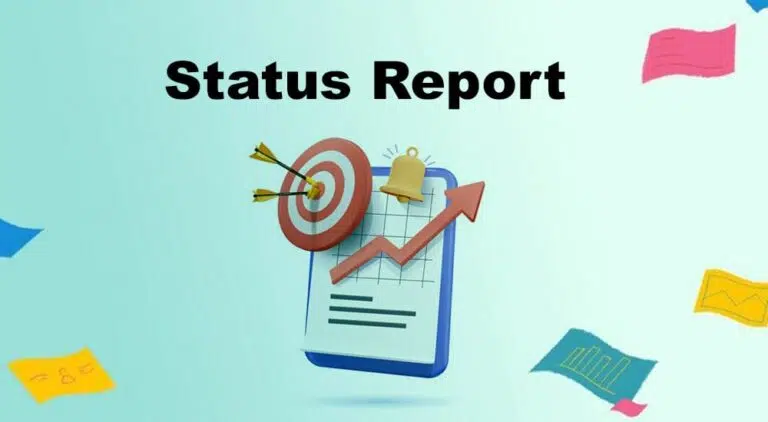
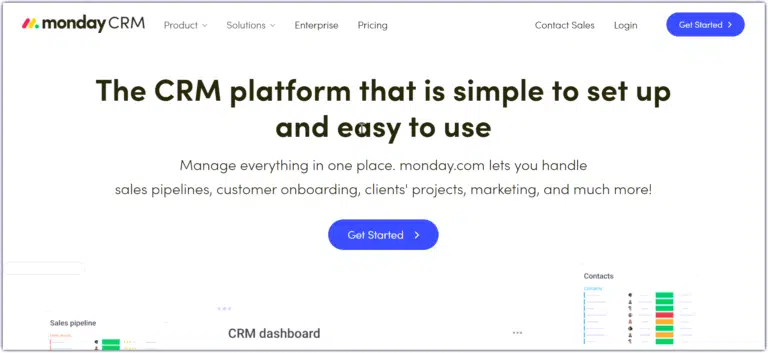
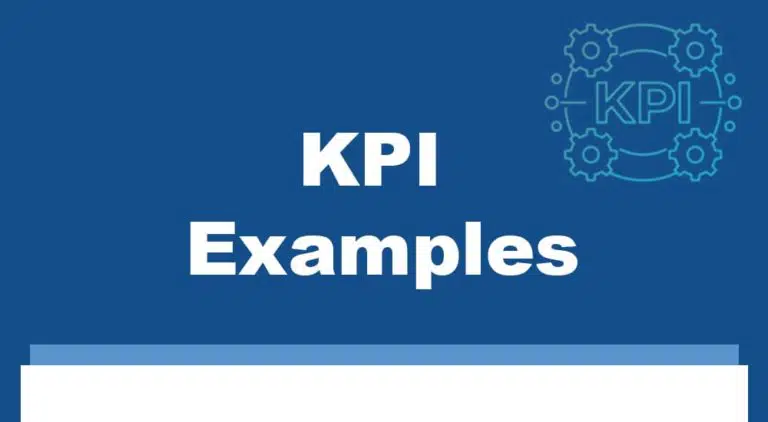
Its good on theory. But it is advisable to have on mathematical study based on efforts, cost, resource with SPC etc. Will be delighted if you can share something on feasibility study based on mathematical calculation?